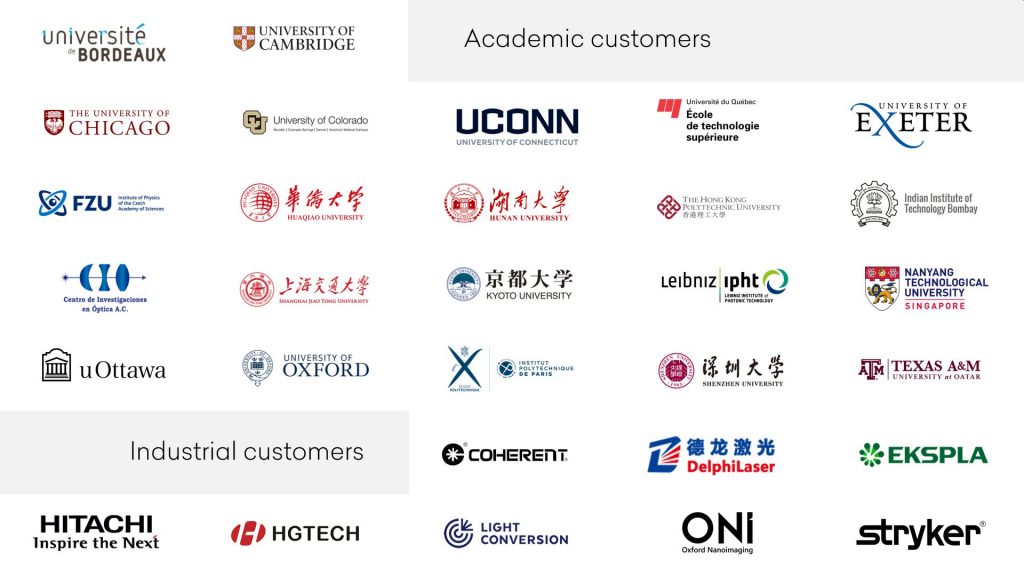


Fabrication of S-waveplate is based on the inscription of self-organized nanograting’s inside fused silica glass using a femtosecond laser.
Beams with radial or azimuthal polarization attract significant interest due to unique optical properties associated with their inherent symmetry. Such beams enable resolution below the diffraction limit and interact without the undesirable anisotropy produced by linearly polarized light.
S-waveplate can be beneficial in polarization-sensitive applications. For example, a radially polarized beam is more efficient at drilling and cutting high-aspect-ratio features in metals. Vector beams are also applicable in optical tweezers, laser micromachining, STED microscopy, and two-photon-excitation fluorescence microscopy.
Acknowledgment. Enabling technology was developed by Prof. Peter G. Kazansky’s group in the Optoelectronics Research Centre at the University of Southampton. Southampton University has applied for patent application and appointed exclusivity in commercializing activities for Workshop of Photonics (Altechna R&D Ltd.).

Universal approach
Cylindrically symmetric polarization (radial or azimuthal) generation
Simplified approach
Cylindrically symmetric polarization (radial or azimuthal) generation
WORKSHOP OF PHOTONICS
Mokslininku st. 6A, Vilnius, LT-08412, Lithuania
Phone: +370 5 215 7551
E-mail: [email protected]
Altechna R&D, UAB
Company code 301502628
VAT code LT100006155012
Bank – SEB 70440
LT87 7044 0600 0770 8092